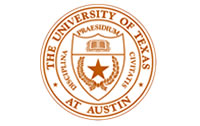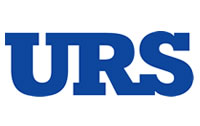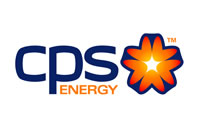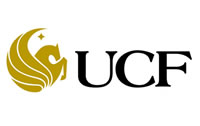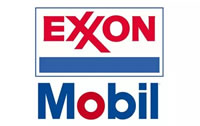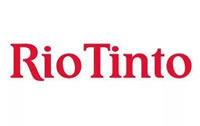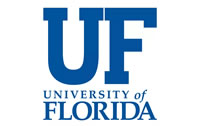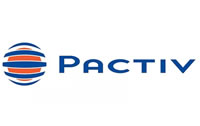There are two different types of organizations that try condition monitoring solutions: successful and unsuccessful. If you’re contemplating a condition monitoring program (vibration analysis, infrared imaging, ultrasonic emissions, oil analysis, motor circuit analysis, etc.), or if you’ve started one that has not achieved a return on investment (ROI), you need to take a good look at your maintenance management processes to determine whether your maintenance organization and performance level is capable of getting ROI from condition monitoring.
If condition monitoring is to achieve positive ROI, then a solid work management system must be in place and functioning at a consistent level. A work management system includes guidance (policies, processes, procedures and measures), resources (people, budget, software, tools, and facilities) and leadership ability. Guidance tells people in the organization what needs to be done and how. Resources provide what is needed in order for the organization to perform what the guidance states. Guidance and resources alone cannot achieve the mission – leadership ability is required to convert guidance and resources into mission accomplishment.
When control and stability of work management is not established the organization is in a reactive mode. Reactive maintenance is a killer of condition monitoring ROI. In reactive organizations, there will be a large number of critical and important equipment that are either in complete functional failure, or partial functional failure. Complete and partial functional failures almost always result in collateral damage; as defects progress into more severe damage. Reactive maintenance consumes resources at a much higher rate than planned and scheduled maintenance because parts, tools, mobile equipment, permits and coordination with operations has to be done on the fly.
When maintenance is done on the fly, important details often are not considered, or are overlooked. Multiple trips to the storeroom for parts that were not thought of, or to the shop get tools that were forgotten, wastes time. Delays in reactive repairs mean that production or mission critical assets will have more downtime. Maintenance managers and supervisors in reactive organizations will be struggling to catch up with equipment that is already in a failed state.
Because resources are tied up in inefficient reactive maintenance, preventive maintenance (PM) task completion falls off; equipment that does not get PM’ed has a higher probability of failure, further increasing reactive work. Safety and craftsmanship issues are more likely when people are rushing to get equipment back on line. This results in injuries, and in shorter mean-time-between-failure (MTBF). Shorter MTBF means repeated failures and repair costs.
Condition monitoring programs can be performed by contractors or with in-house data collection technicians and analysts. Whether contracted or in-house, there will be costs for labor, training, equipment, calibration, analysis, and reporting asset conditions. All of these costs must be considered relative to the value attained from expending these resources. ROI is simply a measure of total benefit relative to total cost.
So, what do you need to do before implementing, or getting value from, a condition monitoring program? Clearly the first thing is to get control and stability of work management processes, and an assessment by a third party is a good first step. This will identify the gaps in current maintenance management practices.
A good professional services firm can facilitate the design of process improvements, and help coach and drive performance towards achieving and sustaining control and stability. A good professional services firm will also educate and transfer of knowledge to the client organization. Doing so empowers the organization to confidently carry on after the professional services firm departs.
It’s hard for most organizations to recognize and allocate the time to learn, design and implement good work management processes in a timely manner. That’s because the people in the organization have full time jobs. Trying to improve work management processes and change culture is done more quickly when the right expert support can be brought to bear.
If your organization is in a reactive maintenance management mode, get control and stability of work management practices first.
This article was published in Plant Services Magazine.


